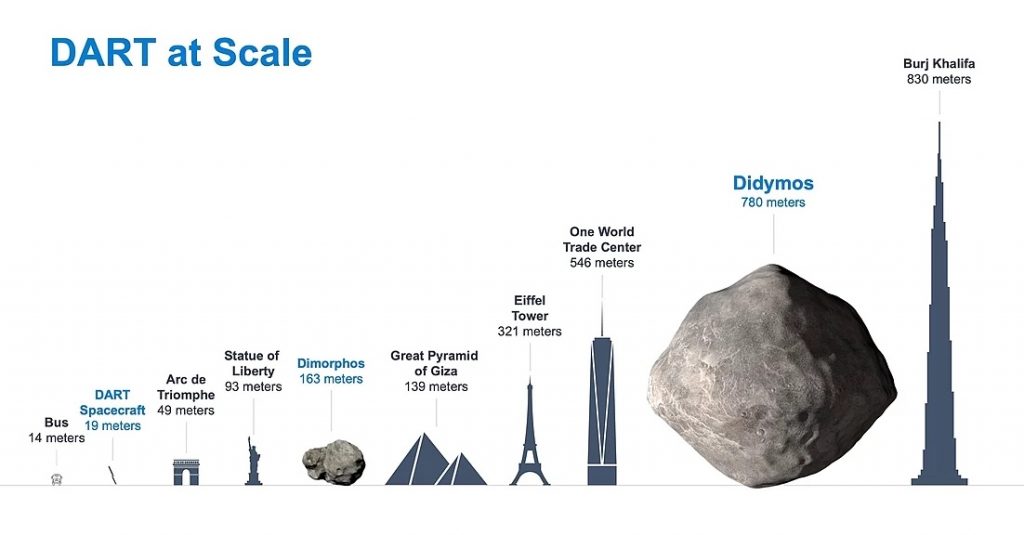New research that was published in the British Journal of Ophthalmology shows how artificial intelligence (AI) can potentially be used to predict an individual’s risk of heart diseases, like heart attacks or strokes, without the need for blood tests or other medical tests (Vincent, 2022). The predictions that are made by artificial intelligence appear to be as accurate as the predictions that are made with the currently available tools (Guardian, 2022). The software that has been developed works by analyzing the web of blood vessels (their width and how they bend) within the eye with the help of artificial intelligence.
The future of AI in healthcare
Artificial intelligence could potentially also be used to discover other kinds of diseases as well. For example, there are studies that predict artificial intelligence to be able to diagnose diabetes, skin diseases or even Alzheimer’s (Vincent, 2022). Google, for example, is developing a tool to help individuals identify their skin, hair, and nail conditions and/or diseases and has investigated the possibility of detecting lung cancer with the help of deep learning (Google, 2022). Examples like that of Google would be a really important development for patients all over the world because it means that there is a chance to create a highly effective way to diagnose people without it being invasive (Guardian, 2022). Furthermore, if artificial intelligence can be used to predict certain risks of getting a specific disease, it could potentially also be used to identify what is causing these diseases (HBR, 2019). If we could understand the causes of certain diseases, tools or medicine could be developed to prevent these diseases from affecting somebody’s life (HBR, 2019).
References
Google. (2022). AI imaging & diagnostics. Google Health. https://health.google/health-research/imaging-and-diagnostics/
Guardian. (2022, October 4). AI eye checks can predict heart disease risk in less than minute, finds study. The Guardian. https://www.theguardian.com/society/2022/oct/04/ai-eye-checks-can-predict-heart-disease-risk-in-less-than-minute-finds-study
HBR. (2019, November 8). Using AI to understand what causes diseases. Harvard Business Review. https://hbr.org/2019/11/using-ai-to-understand-what-causes-diseases
Vincent, J. (2022, October 7). AI tool can scan your retina and predict your risk of heart disease ‘in 60 seconds or less’. The Verge. https://www.theverge.com/2022/10/7/23392375/ai-scan-retina-predict-heart-disease-stroke-risk-machine-learning



